Described as a cross between a traditional book club and a university course without exams, this popular program is back in-person for the 2022-23 season! This registration option is for the Tuesday in-person subscription option. Subscription to the Tuesday or Thursday in-person Series will include access to the online lectures of same series when it is launched a week later, so if you miss a week in-person and want to catch the lecture or if you want to watch it again, you can. The links to all the online lectures will be accessible one week after the filming date until August 31, 2023. If you purchase one in-person subscription, you can add on one online series of a different day for $70 or both for $140. Other subscription options are available here: https://www.heliconianclub.org/about-the-2022-23-series.html
The Tuesday Series includes:
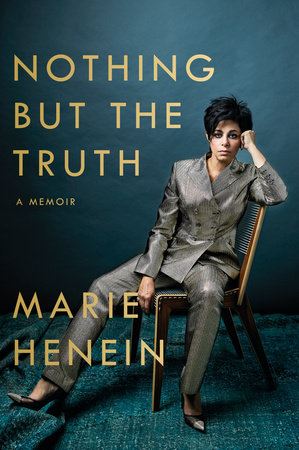
An intimate memoir by Canada's top defence lawyer, Nothing But the Truth weaves Marie Henein's personal story with her strongly held views on society's most pressing issues, legal and otherwise. Her story, as an immigrant from a tightknit Egyptian-Lebanese family, demonstrates the value of strong role models--from her mother and grandmother, to her brilliant uncle Sami who died of AIDS. She learned the value of hard work, being true to herself and others, and unapologetically owning it all.
Marie Henein shares her unvarnished view on the ethical and practical implications of being a criminal lawyer, and how the job is misunderstood and even demonized. Ironically, her most successful cases made her a "lightning rod" in some circles, confirming her belief that much of the public's understanding of the justice system is based on popular culture, and social media, and decidedly not the rule of law. Nothing But the Truth is refreshingly unconstrained and surprising--a woman at the top of her game in a male-dominated world.
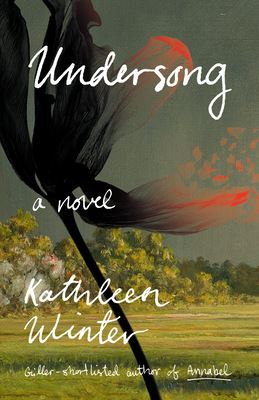 Undersong is a stunning novel reimagining the lost years of misunderstood Romantic Era genius, Dorothy Wordsworth.
Undersong is a stunning novel reimagining the lost years of misunderstood Romantic Era genius, Dorothy Wordsworth.
When young James Dixon, a local jack-of-all-trades recently returned from the Battle of Waterloo, meets Dorothy Wordsworth, he quickly realizes he’s never met another woman anything like her. In her early thirties, Dorothy has already lived a wildly unconventional life. And as her famous brother William Wordsworth’s confidante and creative collaborator—considered by some in their circle to be the secret to his success as a poet—she has carved a seemingly idyllic existence for herself, alongside William and his wife, in England’s Lake District.
One day, Dixon is approached by William to do some handiwork around the Wordsworth estate. Soon he takes on more and more chores—and quickly understands that his real, unspoken responsibility is to keep an eye on Dorothy, who is growing frail and melancholic. The unlikely pair of misfits form a sympathetic bond despite the troubling chasm in social class between them, and soon Dixon is the quiet witness to everyday life in Dorothy’s family and glittering social circle, which includes literary legends Samuel Coleridge, Thomas de Quincy, William Blake, and Charles and Mary Lamb.
Through the fictional James Dixon—a gentle but troubled soul, more attuned to the wonders of the garden he faithfully tends than to vexing worldly matters—we step inside the Wordsworth family, witnessing their dramatic emotional and artistic struggles, hidden traumas, private betrayals and triumphs.
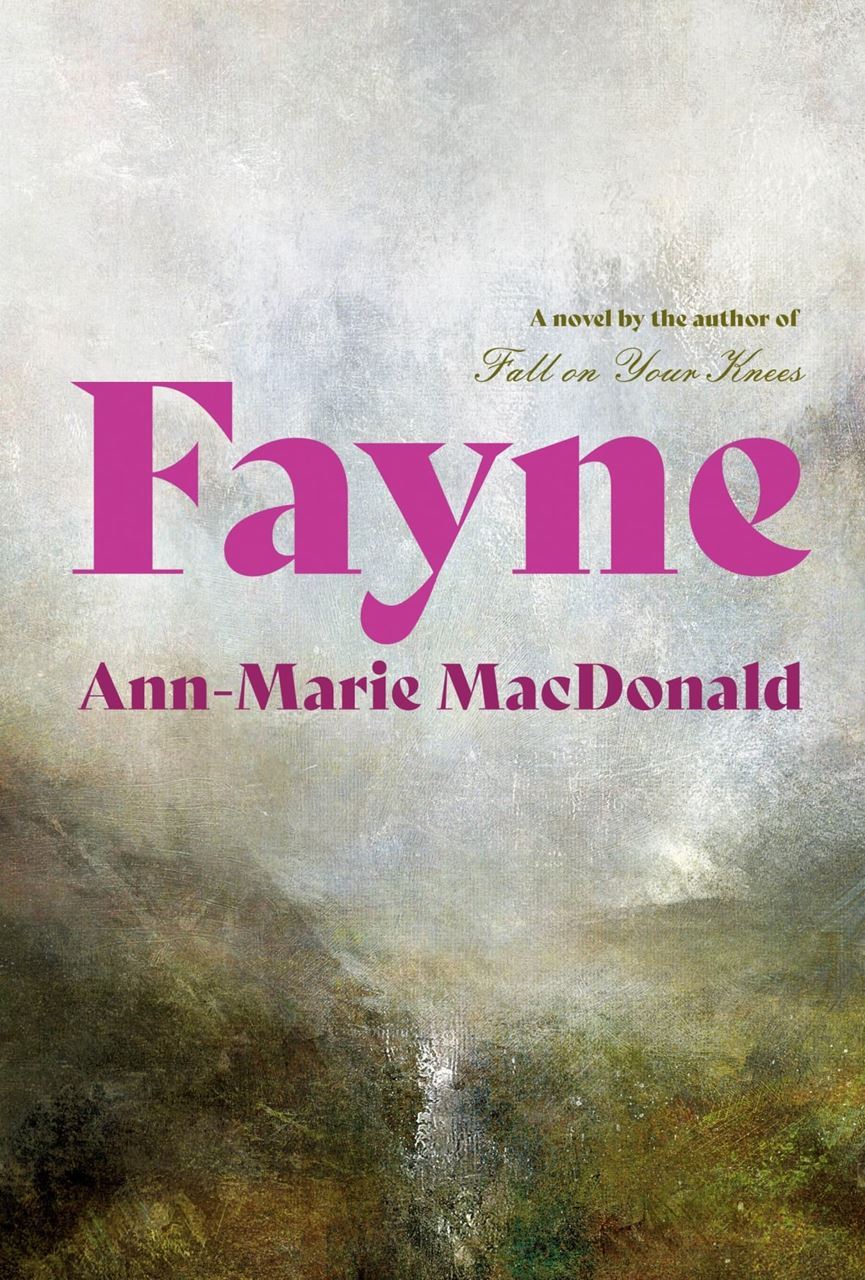 In the late nineteenth century, Charlotte Bell is growing up at Fayne, a vast and lonely estate straddling the border between England and Scotland, where she has been kept from the world by her adoring father, Lord Henry Bell, owing to a mysterious condition. Charlotte, strong and insatiably curious, revels in the moorlands, and has learned the treacherous and healing ways of the bog from the old hired man, Byrn, whose own origins are shrouded in mystery. Her idyllic existence is shadowed by the magnificent portrait on the landing in Fayne House that depicts her mother, a beautiful Irish-American heiress, holding Charlotte’s brother, Charles Bell. Charlotte has grown up with the knowledge that her mother died giving birth to her, and that her older brother, Charles, the long-awaited heir, died soon afterwards at the age of two.
In the late nineteenth century, Charlotte Bell is growing up at Fayne, a vast and lonely estate straddling the border between England and Scotland, where she has been kept from the world by her adoring father, Lord Henry Bell, owing to a mysterious condition. Charlotte, strong and insatiably curious, revels in the moorlands, and has learned the treacherous and healing ways of the bog from the old hired man, Byrn, whose own origins are shrouded in mystery. Her idyllic existence is shadowed by the magnificent portrait on the landing in Fayne House that depicts her mother, a beautiful Irish-American heiress, holding Charlotte’s brother, Charles Bell. Charlotte has grown up with the knowledge that her mother died giving birth to her, and that her older brother, Charles, the long-awaited heir, died soon afterwards at the age of two.
When Charlotte’s appetite for learning threatens to exceed the bounds of the estate, her father breaks with tradition and hires a tutor to teach his daughter “as you would my son, had I one.” But when Charlotte and her tutor’s explorations of the bog turn up an unexpected artefact, her father announces he has arranged for her to be cured of her condition, and her world is upended. Charlotte’s passion for knowledge and adventure will take her to the bottom of family secrets and to the heart of her own identity.
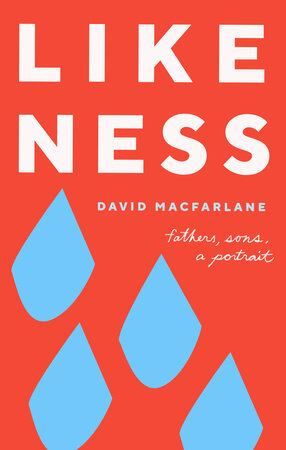 From one of Canada's most celebrated writers and the author of the classic memoir The Danger Tree comes an occasionally hilarious, sometimes heart-breaking meditation on love, memory, and the fathomless depths of grief.
From one of Canada's most celebrated writers and the author of the classic memoir The Danger Tree comes an occasionally hilarious, sometimes heart-breaking meditation on love, memory, and the fathomless depths of grief.
Likeness is a multi-generational story told through the vehicle of a painting, a portrait of Macfarlane by the well-known Canadian artist, John Hartman. The painting has ended up unexpectedly, temporarily, and enormously in Macfarlane's living room. He looks at it—a lot. It's hard to avoid.
To Macfarlane's surprise, the painting becomes a portal—not only into his own past, but into his father's, too. Through these two histories is woven the present—one dominated by illness. Macfarlane's son undergoes treatment for leukemia during the time the painting hangs in the family living room. Blake is a young man rich in creative possibility. There is music to be composed. There are films to be made. But Blake's future is as circumscribed by fate as his father's was wide open. A tragic difference, eloquently noted.
Likeness can be very funny. But it is also inescapably, achingly sad. A book of transcendent beauty, Likeness demonstrates the power of memory to transform the tragic into the precious and profound.
Suanne Kelman will lecture on Bewilderment
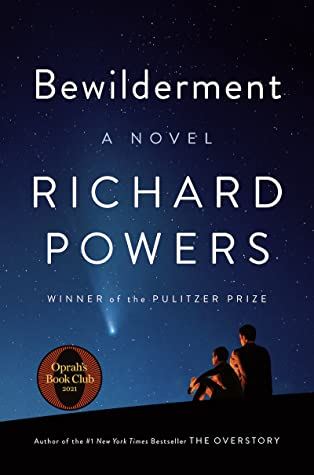
Bewilderment is a heartrending novel from the Pulitzer Prize author, Richard Powers. The astrobiologist, Theo Byrne, searches for life throughout the cosmos while singlehandedly raising his unusual nine-year-old son, Robin, following the death of his wife. Robin is funny, loving, and filled with plans. He thinks and feels deeply, and can spend hours painting elaborate pictures of the endangered animals he loves. He is also about to be expelled from third grade for smashing his friend in the face.
What can a father do, when the only solution offered to his troubled son is to put him on psychoactive drugs? What can he say when his boy comes to him wanting an explanation for a world that is clearly in love with its own destruction?
With its soaring descriptions of the natural world, its tantalizing visions of life beyond and its account of a father and son's ferocious love, Bewilderment marks Richard Powers's most intimate and moving novel. At its heart lies the question: How can we tell our children the truth about this beautiful, imperilled planet?
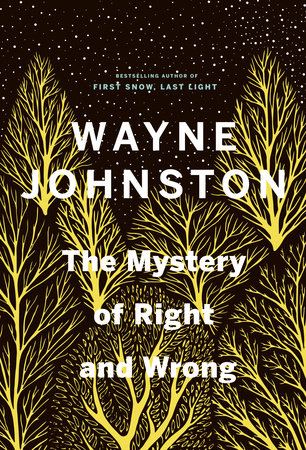
In The Mystery of Right and Wrong Wayne Johnston reveals haunting family secrets he's kept for more than 30 years, unfolding them in a novel that grapples with sexual abuse, male violence and madness.
Wade Jackson, a young man from a Newfoundland outport, wants to be a writer. In the university library in St. John's, where he goes every day to absorb the great books of the world, he encounters the fascinating, South African-born Rachel van Hout, and soon they are lovers.
Rachel is the youngest of four van Hout daughters. Her Dutch-born father, Hans, lived in Amsterdam during WWII, and says he was in the Dutch resistance. After the war, he emigrated to South Africa, where he met his wife, Myra, had his daughters and worked as an accounting professor at the University of Cape Town. Something happened, though, that caused him to uproot his family and move them all, unhappily, to Newfoundland.
Wade soon discovers that the beautiful van Hout daughters are each in their own way a wounded soul. The oldest, Gloria, at twenty-eight has a string of broken marriages behind her. Carmen is addicted to every drug her Afrikaner drug-pusher husband, Fritz, can lay his hands on. Bethany, aka Deathany, the most sardonic and self-deprecating of the sisters, is fighting a losing battle with anorexia. And then there is Rachel, who reads The Diary of Anne Frank obsessively, and diarizes her days in a secret language of her own invention, writing to the point of breakdown and beyond.
As the truth works its way inevitably to the surface, Wade learns that nothing in the world of the van Houts is what it seems, and that Rachel's obsession with Anne Frank has deeper and more disturbing roots than he could ever have imagined.
Wayne Johnston takes beautiful risks here, bringing the abuser, Hans, to life largely through the verses of the ballad Hans composes to indoctrinate his little girls. Confronting the central mystery of his own and Rachel's lives, Wayne has transfigured the "material," creating a tour-de-force that pulls the reader toward a conclusion both inevitable and impossible to foresee.
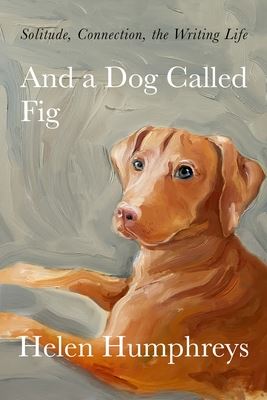 Into the writer’s isolation comes a dog, to sit beside the chair or to lie on the couch while the writer works, to force them outside for a walk, and suddenly, although still lonely, the writer has a companion
Into the writer’s isolation comes a dog, to sit beside the chair or to lie on the couch while the writer works, to force them outside for a walk, and suddenly, although still lonely, the writer has a companion
An artist’s solitude is a sacred space, one to be guarded and kept apart from the chaos of the world. This isolation allows for uninhibited wandering, uninterrupted meditation and the nurturing of sparks of inspiration into fires of creation. But in the artist’s quiet there is also loneliness, self-doubt, the possibility of collapsing too far inward.
What an artist needs is a familiar, a creature perfectly suited to accompany them on this coveted, difficult journey. They need a companion with emotional intelligence, innate curiosity, passion and energy and an enthusiasm for the world beyond, but also the capacity to sleep contentedly for many hours. What an artist needs, Helen Humphreys would say, is a dog.
And a Dog Called Fig is a memoir of the writing life told through the dogs Humphreys has lived with and loved over a lifetime, culminating with the recent arrival and settling in of Fig, a Vizsla puppy. Interspersed are stories of other writers and their irreplaceable companions: Virginia Woolf and Grizzle, Gertrude Stein and Basket, Thomas Hardy and Wessex—the dog who walked the dining table at dinner parties, taking whatever he liked—and many more.
It’s a book about companionship and loss and creativity that is filled with the beauty of a steadfast canine friend and the restorative powers of nature. It is also a book about craft, divided into sections that echo the working parts of a novel—Beginnings, Character, Pacing, Setting, Structure, Process, Endings. Just as every work of art is different, every dog is different—with distinctive needs and lessons to offer. And if we let them guide us, they, like art, will show us many worlds we would otherwise miss.
JUNE 13 – EVA STACHNIAK: THE SCHOOL OF MIRRORS
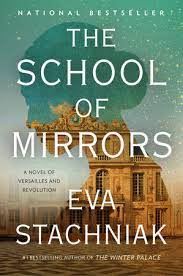
During the reign of Louis XV, impoverished but lovely teenage girls from all over France are sent to a discreet villa in the town of Versailles. Overseen by the King's favourite mistress, Madame de Pompadour, they will be trained as potential courtesans for the King. When the time is right, each girl is smuggled into the palace of Versailles, with its legendary Hall of Mirrors. There they meet a mysterious but splendidly dressed man who they're told is merely a Polish count, a cousin of the Queen. Living an indulgent life of silk gowns, delicious meals and soft beds, the students at this "school of mirrors" rarely ask questions, and when Louis tires of them, they are married off to minor aristocrats or allowed to retire to one of the more luxurious nunneries.
Beautiful and impressionable Véronique arrives and quickly becomes a favourite of the King. But when she discovers her lover's true identity, she is whisked away, sent to give birth to a daughter in secret, and then to marry a wealthy Breton merchant.
This is also the story of the King's daughter by Véronique—Marie-Louise. Well provided for in a comfortable home, Marie-Louise has never known her mother, let alone her father. Capable and intelligent, she discovers a passion for healing and science, and becomes an accredited midwife, one of the few reputable careers for women like her. Eventually Véronique comes back into her daughter’s life, bringing with her the secret of Marie-Louise's birth. But it's a volatile time in France . . . and those with royal relatives must mind their step very carefully.
Gorgeously written and with a breathless pace, this is the story of a mother and a daughter—at the centre of cataclysmic personal and public turmoil.